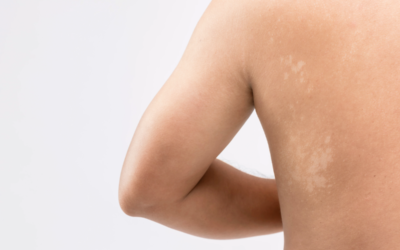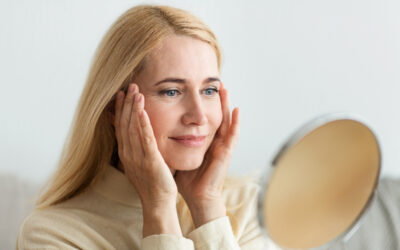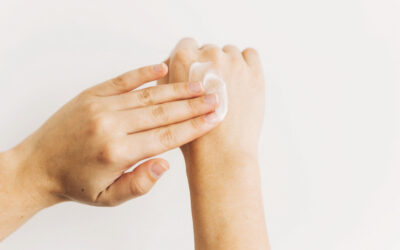Platelet Rich Plasma (PRP)
It is well known that the body has a great capacity to heal itself, for example if someone sustains a cut or fall or tears a ligament or tendon. One of the key mechanisms in the body’s healing process is the action of platelets in the blood which release natural growth factors that can stimulate and regenerate damaged tissue.
PRP is an established technique in the treatment of wounds, burns, tendon and muscle injuries and over the last 10 years has been increasingly used in cosmetic procedures. PRP injections into the skin can be used to stimulate the body to produce new collagen, hyaluronic acid and fibroblasts which are all important building blocks for the skin.
PRP skin treatments are particularly good for improving fine lines and wrinkles around the eyes, chest, neck and backs of hands. As well as being an effective stand alone rejuvenation technique, PRP can be used to complement many other cosmetic procedures such as laser, wrinkle injections and dermal fillers. An increasing number of surgeons are also using PRP after surgery to improve healing and reduce scar formation.
PRP is a very straightforward procedure and involves taking a small amount of blood from a patient’s arm (very like a blood test sample is taken). This blood is then immediately spun in a centrifuge machine which separates the blood and concentrates the blood’s plasma portion. This platelet-rich plasma portion is then injected into the dermis layer of the skin.
As a patient’s own blood is being used it is considered a low risk procedure with no risk of allergy or disease transmission from the blood. The injections that are used are very fine and well tolerated but numbing cream can be used for very sensitive skin. Slight bruising and swelling and redness can occur after injection but typically settle in 24 hours.
For the best results with PRP skin rejuvenation a series of 3 treatments spaced a minimum of 4 weeks apart are required. Results usually start to be seen in 2-3 weeks after PRP but optimal results can take 2-3 months. The long term results with PRP depends on factors such as age, general health and skin condition and a follow up maintenance treatment in 12 months can help maintain results.
Meet one of our Dermal Therapists – Charlotte
Charlotte it a fully qualified Beauty Therapist after graduating in early 2016. Charlottes love for the science behind beauty encouraged her to further her studies and is currently in the final year of a degree in Dermal Science at Victoria University.
She offers extensive knowledge of all skin conditions and disorders and is most passionate about educating her clients on the science behind the skin and how it should be taken care of. Charlotte can treat difficult pigmentation and vascular disorders opting for the use of laser therapies, BBL (Broad Band Light), chemical peels and more. Charlotte also treats unwanted hair using medical grade laser hair removal and electrolysis.
From the Blog
Pityriasis Alba
What is Pityriasis Alba? Classic Pityriasis Alba is a skin disorder that is usually asymptomatic and mildly itchy, it is characterized by moderately scaly hypopigmented (skin lacking pigment) macules that are poorly defined. Pityriasis Alba can last for months up to...
What are the best anti-aging products?
At Geelong Veins Skin and Laser we are committed to stocking the best anti-aging products that are clinically proven to cause a positive change in the skin. Synergie Skin and O Cosmedics are two results driven skin care brands stocking a wide variety of scientifically...
Is it just ‘’dry skin’’ or could it be one of these skin conditions?
Is my itchy dry skin a skin condition? For many people winter can mean dry, itchy, rough, and sensitive skin. If you struggle with dry skin during the winter months you are definitely not alone, it is something we have all experienced and we all dread as the weather...


